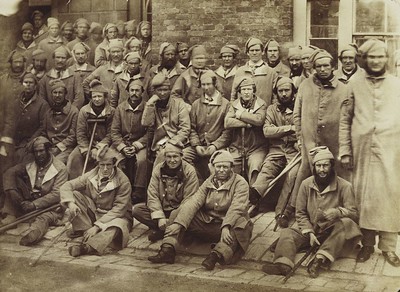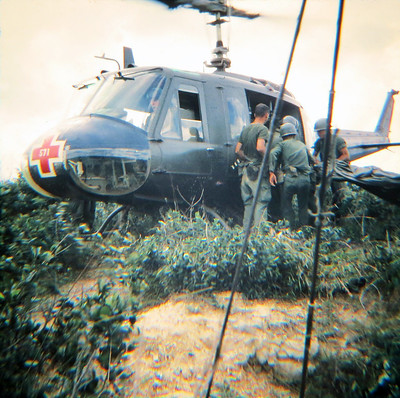What is military welfare history?
Military welfare history can be defined as the welfare, care and medical provisions afforded to service personnel, their families and other dependants
Impact of Service?
Military welfare history (MWH) can be summarised in a simple phrase: the impact of service. That impact is studied through a multitude of disciplinary and scholastic prisms, and across multiple chronological periods, societies, nationalities, cultures, and geographical regions. The scope of military welfare history is broad because while military welfare (or benefits) clearly begins with soldiers and veterans, it by no means ends with them. This field also interrogates how their service affects their families, dependents, and friends. In addition, military welfare history incorporates all the changes to a society due to this service, including but not limited to policies, perceptions, ideologies, provisions, and infrastructures.
Military welfare history is a field with the history of warfare scholarship that straddles and complements both ‘operational history/military history’ and the ‘history of war/war and society’.

It also engages with four key areas within the military community: service person; service person’s families’; veterans; and veterans’ families.

Relationship with Military History?
But what is MWH really and how does it relate to Operational (or traditional military) History or the History of War (or War and Society history)? The definition of MWH is still being defined. Thus far it has been defined as a “tertiary field of the history of warfare scholarship that straddles and complements both ‘military history’ and the ‘history of war,’” that takes up questions related to ‘the impact of service’.
But how does framing military welfare history as a “tertiary field” or third pillar of military history square with wider debates over the relationship between ‘operational’ (or ‘military history’) and ‘war and society’ (or ‘history of war’) approaches to military history? Can military welfare history be a bridge and a third field? And, in a different vein, where does military welfare history fit within scholarship variously framed as the history of social policy, history of benefits, or history of welfare – a field not always cognizant of the impact of military welfare?
Learn more about MWH
To learn more about what ‘military welfare history’ is and what the Military Welfare History Network is and does, you can read watch, or listen to the following:
- ‘Military welfare history: what is it and why should it be considered?’, War & Society, volume 42, issue 4, October 2023
- Dr Paul Huddie (MWHN Coordinator), podcast interview
- Dr Paul Huddie (MWHN Coordinator), YouTube interview
For a national case study, as well as more discussion of military welfare history, listen to
Core Terminologies
Military:
The focus of the network will be all armed forces, both regular and irregular, including armies, navies, air forces, militias and paramilitary formations.
Welfare:
For the purposes of this network ‘welfare’ is defined in the broadest possible sense, covering all manner of welfare, care and medical provisions afforded to service personnel, their families (partners and children) and other dependants.
This includes all relating ideologies, provision, organisations and infrastructures coming from government, charity, philanthropy and the military, and includes government allowances and pensions, regimental provisions, charitable funds, philanthropic education, employment and nursing schemes, housing schemes, and both convalescing and medical provisions.
It engages with a variety of themes, including gender (masculinity and feminism), poverty, popular culture, religion and civil-military relations, from both historical and social sciences perspectives. In doing so the network seeks to draw together historians and social scientists who work in and across all geographical and cultural spaces, chronologies and thematic areas.


